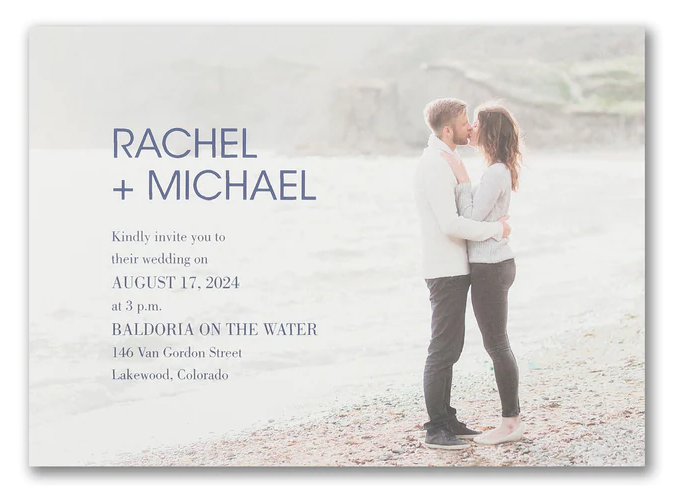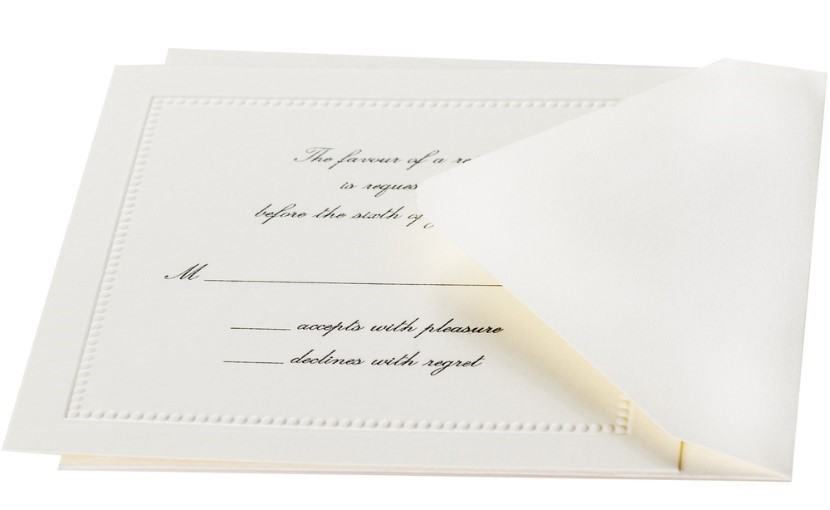
Summer weddings are perfect for celebrating the union and love between two people. The summer season offers an abundance of elegant options for your special day, from vibrant and fresh colors to incredible weather. Your invitation can imitate the summer to bring your loved ones together for your wedding. The following are some ways to design the perfect summer wedding invitation.
1. Implement the Venue into the Design
An illustration of your wedding destination will set the tone for your perfect summer wedding. For example, if you’re having a beach wedding, consider a beach themed invitation card. This will serve as a perfect reminder and keepsake for years to come. Having your wedding destination as the theme of your wedding card will add flair and color to your invitation, while giving guests a sneak peek!
Related: “Summer Beach Wedding Ideas”
2. Add Flora and Warmth
A dash of green can brighten up your wedding invitation. Bring in the summer vibes with a tropical-inspired design. You can create an illustrated tropical scene and set the tone with an invitation featuring plenty of warm-weather greenery. From early summer buds to the full bloom of bright colors, your wedding invitation will look great with this theme.
3. Incorporate Pastel Colors and a Portrait
Summer isn’t all about bold hues and bright colors. You can choose pastels or something simple instead if you prefer a softer theme! Consider a soft, romantic palette while featuring a lovely portrait of you and your partner. This will make your invitation more personalized and special.
Related: “3 Creative Ideas to Incorporate Photos into Your Wedding Stationery!”

Learn More
Design your very own wedding invitation by contacting Forever Friends. We have everything from invitation and envelope embellishments to reception and response cards. Let us fulfill your wishes when it comes to creating a unique and beautiful wedding invitation for your special day.
*Please call Forever Friends for an appointment at (516) 721-2635 or email us at hello@foreverfriendsinvitations.com today. We look forward to hearing from you soon!



